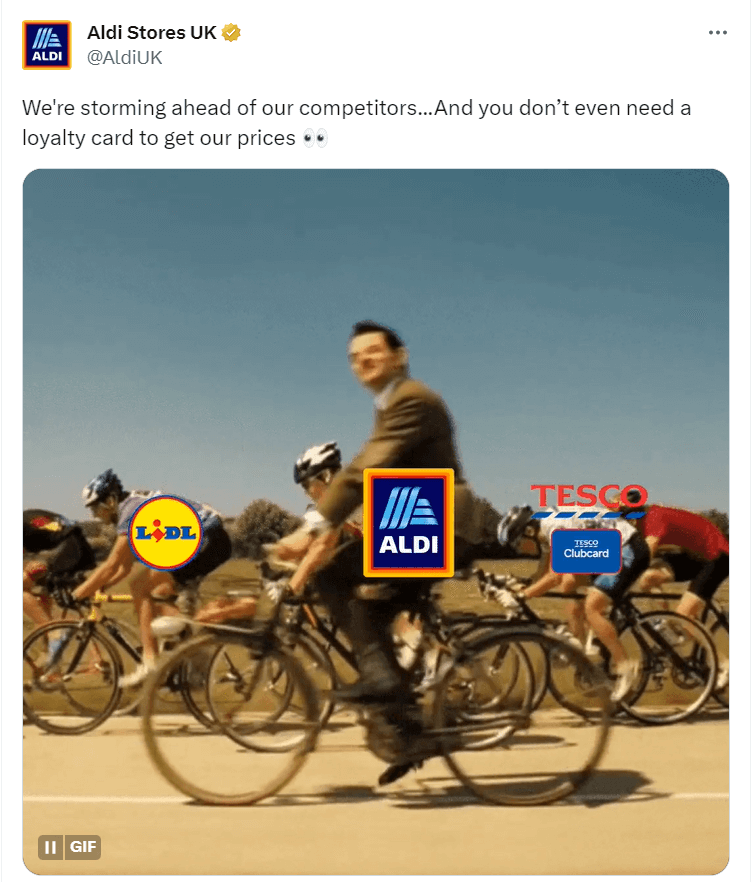Omnichannel marketing puts the customer first.
The synergy between traditional marketing methods, such as fliers and billboards, and digital marketing, like social media and email, gives customers a seamless online and offline experience to engage with a brand.
By integrating with existing marketing technology and pulling in information from systems such as your CMS or PIM system, businesses can create an integrated brand experience–regardless of the channel used.
That being said, every brand develops its unique omnichannel marketing framework – responding to trends in buying preferences and technological advances.
In fact, e-commerce has seen intense growth, with researchers claiming that by 2040, an astonishing 95% of all purchases will be online shopping.
Digital asset management (DAM) software can help you to expand into the omnichannel and respond to future demands.
Create a customer-focused online experience for your business. Learn how some of the best brands use omnichannel to stay competitive and increase revenue.
Use the 7 examples we’ve given here to create your omnichannel roadmap.
7 BEST OMNICHANNEL MARKETING EXAMPLES
Being omnipresent is about being where your customers are.
It means starting with the customer journey and buying experience to understand preferences, build better relationships, and ultimately move customers toward a conversion.
Let’s take a look at 7 examples of omnichannel marketing.
Toolstation
Toolstation is one of the UK’s fastest-growing suppliers of tools, accessories, and building materials to the trade market and home improvers.
Although it has a traditional paper catalogue for browsing products, customers can find what they need on a mobile device, place an order, pick up products in-store, or deliver them directly.
By using omnichannel marketing strategies, such as sharing videos and distributing sale offers across social media, the brand offers a seamless brand experience. A consistent brand tone creates a unified brand identity and messaging.
And the best part? Omnichannel marketing has given Toolstation a 38.7% revenue growth.
British Airways
British Airways is one of the world’s leading international premium airlines, with a global customer base of more than 45 million customers annually.
The airline maintains a customer-first approach. Using the latest technology, British Airways customers can use the internet mid-air. Its portal integrates with Apple, Windows, and Android technology, allowing customers to connect on various devices.
Offering a seamless customer experience sets British Airways apart from its competitors. Customers can log in to the airline’s new generation app to make and change bookings–giving everyone an efficient and hassle-free way of amending a booking. And by reducing the number of steps or barriers, the airline enhances customer satisfaction.
Omnichannel marketing has contributed to an operating profit of £322 million.
Saga
Saga is one of the top ten brands for customer satisfaction. The holiday, insurance, and financial services brand for over-50’s uses a comprehensive customer-centered marketing strategy designed to boost customers’ confidence in its services.
The brand’s omnichannel marketing strategy offers customers convenience and accessibility. Integrated multiple touchpoints, such as its website, magazine subscriptions, and mobile app, give customers the flexibility to choose the channel that suits them best–increasing confidence in the brand’s availability and responsiveness.
The brand distributes success stories of its customers, online and offline. This, in turn, increases the confidence of new customers, leading to conversions.
Software like Digizuite DAM allows the team access to case studies and other digital assets, like photos and PDF files, to share with its target audience.
And the impact? Omnichannel marketing strategies have contributed to Saga Plc’s revenue increasing tenfold in 2022/23 compared to the previous year.
Aldi
The global retail giant ALDI uses an omnichannel strategy that includes multiple online and offline channels. Customers can purchase online and have products delivered or use its click-and-collect service, giving them flexibility and choice.
The brand produces a Special Buys leaflet, printed and distributed across local media and in-store. The flyer is shared online on its website and emailed to customers who have signed up for marketing materials.
A consistent omnichannel presence builds trust and confidence in the brand. ALDI customers know what to expect of the brand no matter which channel they choose to engage with.
As well as offering flexible shopping experiences, ALDI uses its social media channels in an engaging and fun way alongside a quick-response customer service team.
Omnichannel marketing tactics see Aldi’s sales increase by 27% from the previous year.
CVS Health
CVS Health is one of the largest US healthcare companies. With more than 9,900 pharmacies and 1,100 medical institutions, the company offers a vast range of healthcare services.
One of its divisions is pharmacy services. Omnichannel marketing gives customers a consistent service by being able to purchase health-related products using multiple channels, such as mail order, in-store, and prescription delivery services. CVS Health says they can ”bring prescriptions from store to door in as little as a few hours.”
Every touchpoint works together in a coordinated effort to provide a consistent brand experience. It’s hardly surprising that CVS Health is ranked 7th of all global brands with the highest revenue.
The life sciences industry must navigate different strict codes and compliance guidelines. DAM software, like Digizuite, can help protect brand reputation. Version control features ensure sharing new product launches complies with local regulations.
Starbucks
Omnipresent Starbucks, the global coffee chain, uses multiple channels to attract and retain new customers. Channel integrations such as coffee shops, website, and mobile app enable customers to buy drinks directly on the app and pick them up in-store.
As the food and beverage industry has strict regulatory requirements, Starbucks uses brand compliance software, like DAM, to give an overview of digital content–reducing the risk of fines for infringement.
Reward schemes that can be accessed using various devices allow customers to earn and redeem stars for free food, drink, and merchandise, such as insulated coffee cups and clothing. The scheme encourages customers to continue buying from the brand–helping to prevent customers from switching to direct competitors.
Starbucks saw a 14.2% increase year-over-year.
Coca-Cola
Considering 90% of information processed by the brain is visual, good quality images and videos to expand into the omnichannel can help to convince potential customers that your product is worth buying.
Coca-Cola has a well-crafted omnichannel marketing strategy. For example, DAM technology allows the brand to use localized positioning techniques, like the ‘Share a Coke’ campaign. Coca-Cola was able to target customers using high-quality images of celebrities from different cultures.
Multiple distribution channels, such as Facebook, Twitter, Instagram, YouTube, and Snapchat, give the brand a digital platform to post images and videos. By maintaining image consistency in design and customer interactions, Coca-Cola establishes a strong and reliable brand identity that customers instantly recognize–giving them a revenue increase of 8.39% year-over-year.
CONCLUSION
As you can see, omnichannel marketing isn’t a passing trend but a fundamental strategy for brands looking to thrive in today’s competitive landscape.
From Starbucks’ mobile app that seamlessly connects in-store and digital experiences to Saga’s magazine subscriptions and website, these brands have leveraged omnichannel technology to offer a customer-centric approach.
These brands illustrate the power of omnichannel marketing in creating first-class customer experiences, building brand loyalty, and becoming a market leader.
Book a demo today and discover how Digizuite can support your omnichannel marketing strategy.













